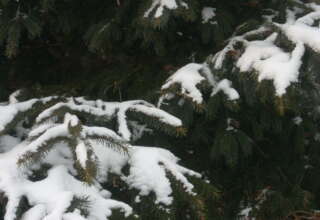
Living in a White Water World
Given the turbulence of the postmodern world, the phenomenon of overwhelmed self which I introduced previously in this chapter might be just a matter of cognitive challenge (complexity) or just a matter of emotional challenge (unpredictable). It might also be a matter of what might be called “non-adjustability” (to coin a horrible world). In living with turbulence, we might simply not be capable of “adjustment” to four different subsystems. Just as we learn how to adapt to one of these subsystems, we find ourselves pulled (external locus of control) or even attracted (internal locus of control) to one of the three other subsystems. We long for quiescence (subsystem three) or for patterned change (subsystem two) after living in a condition of rapid change (subsystem one) or chaos (subsystem four). Alternatively, we are pulled toward the excitement of subsystem one or four, away from a world of predictability (subsystem two) or even stagnation (subsystem three). We are truly over-whelmed in a world of turbulence and are very much in need of both a place on the “shore” (a sanctuary) and a sense of balance and values that can be sustained throughout the four subsystems. I described this sense earlier with regard to a quest for the authentic self in the context of situational and contextual selves.
In the midst of the “white water” what really are our needs? Several postmodern theorists (notably Peter Vaill and Peter Senge) believe that the sense of balance to be found in kayaking must also be found in our postmodern world as we navigate through a turbulent, white water world. Vaill suggests that a spiritual center—an internal coherence—is a prerequisite for navigation in a white water environment:
It is hard in the environment of constant change to discover the spiritual possibilities of the work we do and of the people we do it with. This is why we have to learn to work spiritually smarter—because inspiration is so much harder to come by in the world of permanent white water. . . . I think that all true leadership is indeed spiritual leadership, even if you hardly ever hear it put that flatly. The reason is that beyond everything else that can be said about it, leadership is concerned with bringing out the best in people. As such, one’s best is tied intimately to one’s deepest sense of oneself, to one’s spirit. My leadership efforts must touch that in myself and in others.
Senge suggests that we must be able to reflect on our own practices and learn from our past mistakes rather than repeatedly make the same mistakes. What is the answer or what are the answers to these complex problems regarding living and working in a postmodern settings? We would suggest that the new Johari Window provides some of these answers—at least with regard to ways in which we navigate through the turbulence waters of postmodern relationships.








